DORA Register of Information: Simplified, Accurate, and Compliant
With Formalize, your organization can confidently meet the European Supervisory Authorities (ESAs) requirements for the Register of Information (RoI) - while staying aligned with local regulations.
-
Generate compliant Register of Information submissions with one click.
-
Identify and fix errors instantly at the time of entry, ensuring data accuracy from the start
-
Adapt to evolving regulations with ease
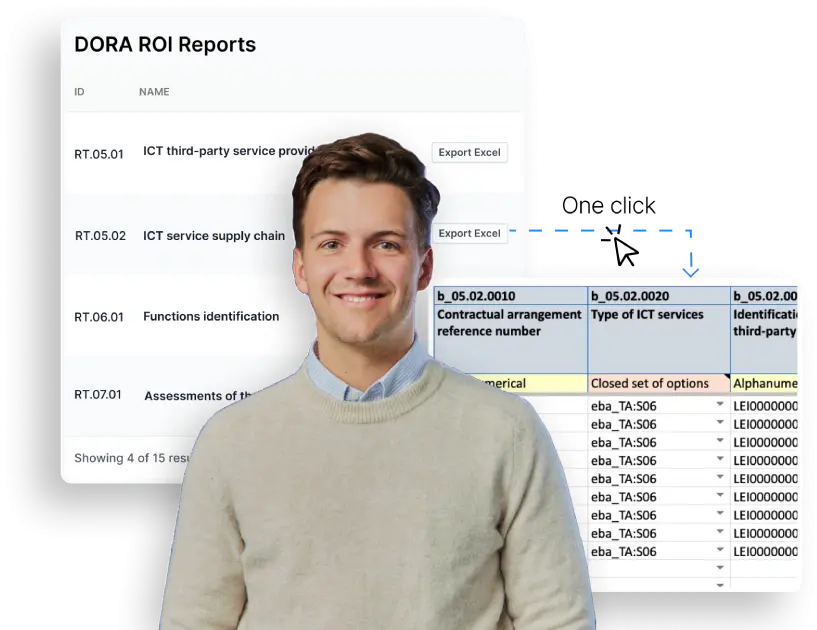


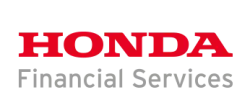





Efficient Solutions for Your DORA Register of Information

Centralized ROI Data Integration
Consolidate all your compliance data - contracts, suppliers, systems, and business functions - into one secure platform for total visibility.
-
One Source of Truth: Centralize Register of Information data for full control
-
Seamless Integration: Easily connect to your existing systems
-
Secure Setup: Expert-guided migration ensures accuracy
Streamlined ROI Management
Simplify compliance workflows and stay ahead of evolving regulations with automated tools.
-
Automated Workflows: Reduce manual effort with smart tools
-
Customizable Features: Tailor workflows to fit your organization
-
Future-Proof Compliance: Easily adapt to DORA RTS and ITS updates
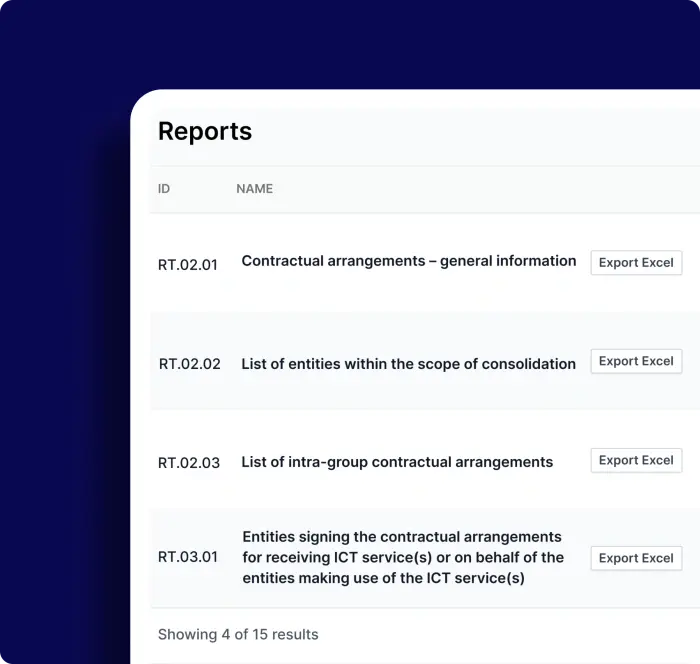

ITS-Compliant Reporting Made Easy
Generate fully compliant reports in seconds, directly from the reporting module.
-
Instant Reports: One-click generation of ITS-compliant outputs
-
Error-Free Formatting: Meet all RTS and ITS standards automatically
-
Precise Categorization: Automatically map supplier and service data
Simplify your DORA reporting
With Formalize you can easily manage and connect all your DORA compliance data in relation to the DORA RTS and ITS. For ROI, this includes business functions, contracts, ICT services, and suppliers, all easy exportable to report to authorities in required official format.
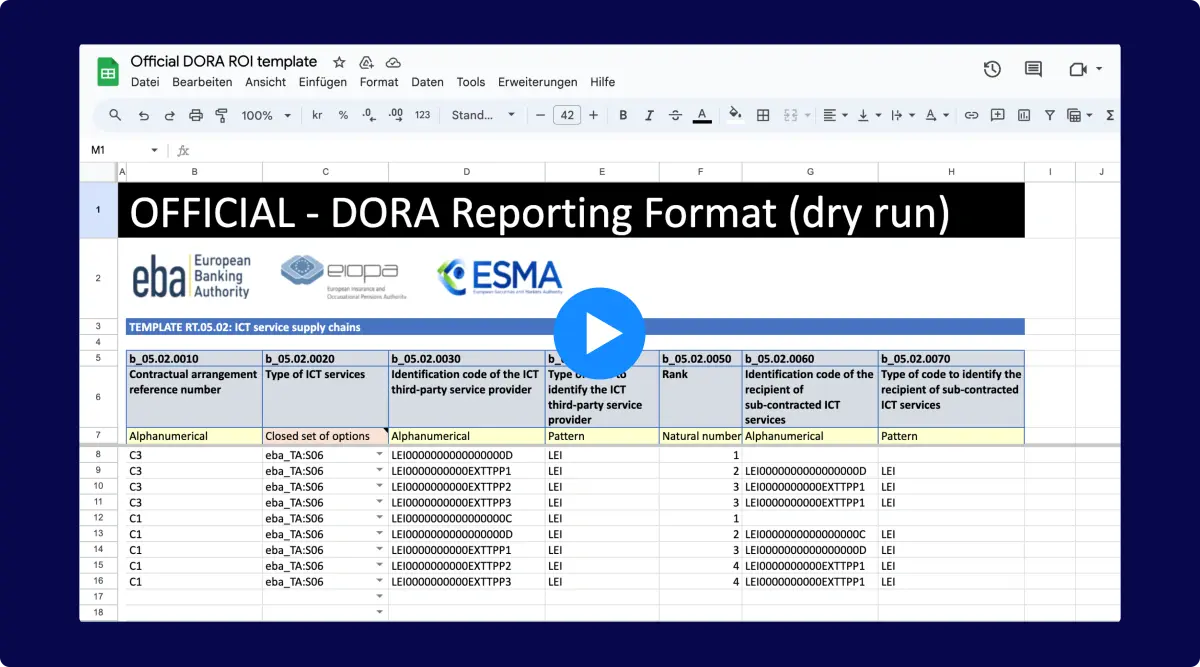
Understand Register of Information challenges
-
The ESA Dry Run revealed critical data gaps and formatting errors
-
Spreadsheets fall short: Automated tools ensure accuracy, efficiency, and compliance
-
Streamline compliance with Formalize: Automation simplifies reporting and reduces errors
-
Validate with the Formalize ROI Validator: Ensure compliance by checking reports before submission
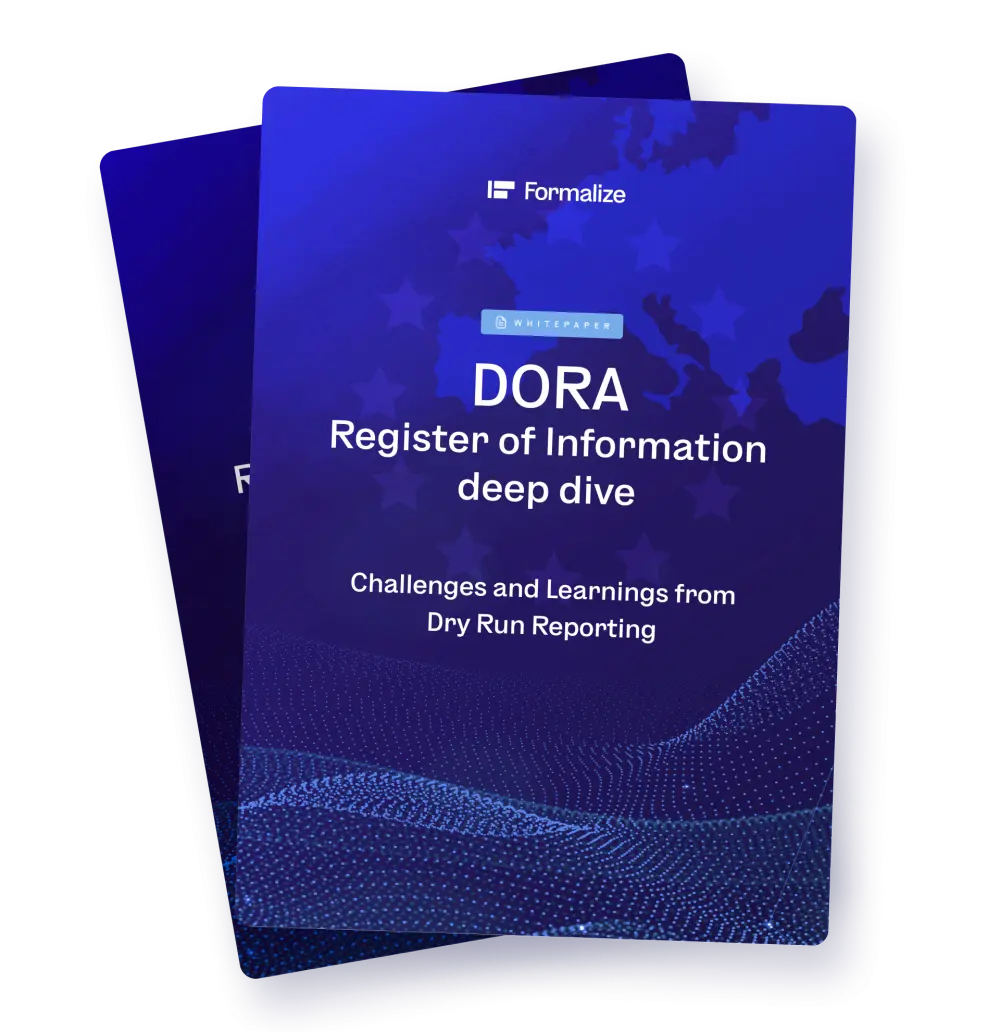
Achieving DORA Compliance with Formalize
The Formalize DORA Solution is tailored for DORA compliance and includes everything from features to assist on DOR testing to ICT Third Party risk management.
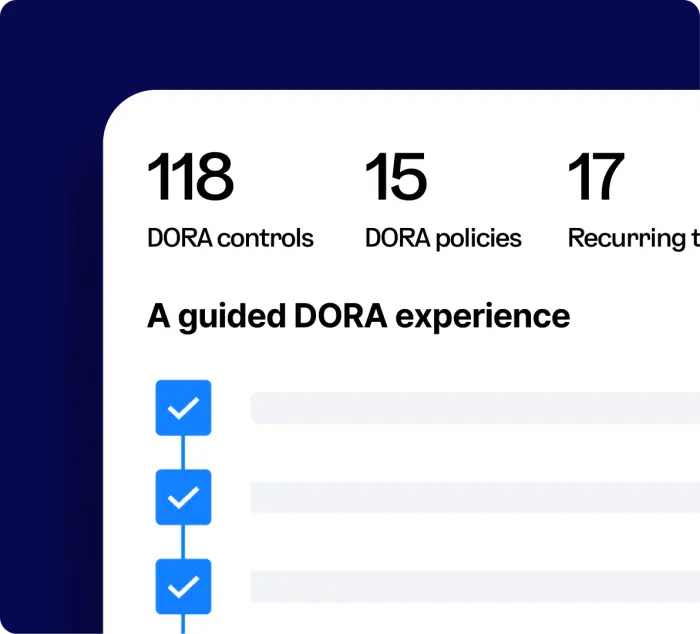
Guided DORA
Get the ideal start by following our guided DORA experience, which includes 118 controls, 15 policies, risk examples, and tasks related to DORA implementation and maintenance.
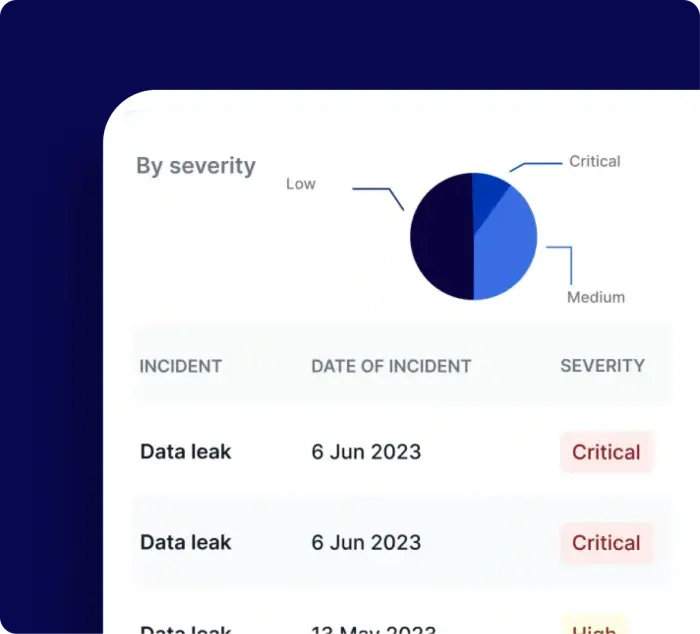
ICT Incident Management
Record and review your incidents directly in Formalize, and monitor them to find gaps in your digital operational resilience strategy. Connect your incidents with risks to gain a full overview. Incidents can be reported in the required ITS format set by ESAs.
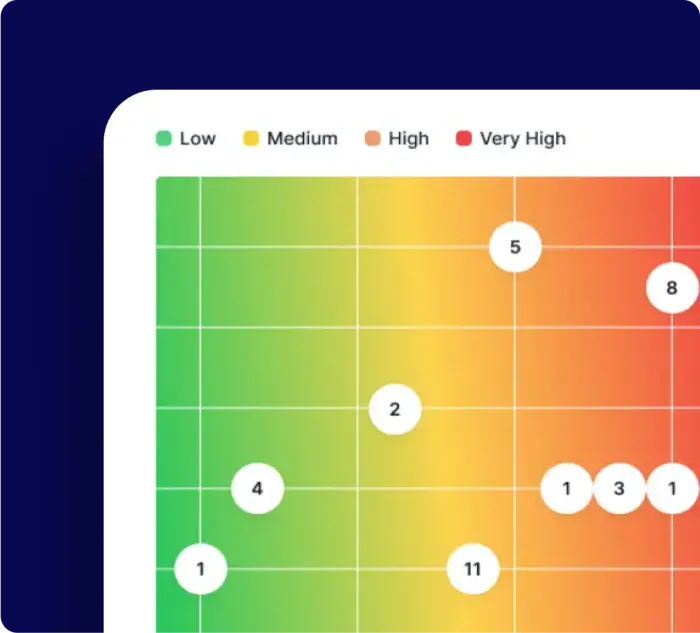
ICT Risk Management
Gain an overview of inherent and residual risk scores as per DORA requirements. You can also track your risk mitigation efforts and document the process for stakeholders, with the option to define on different risk types and procedures for working with risks.
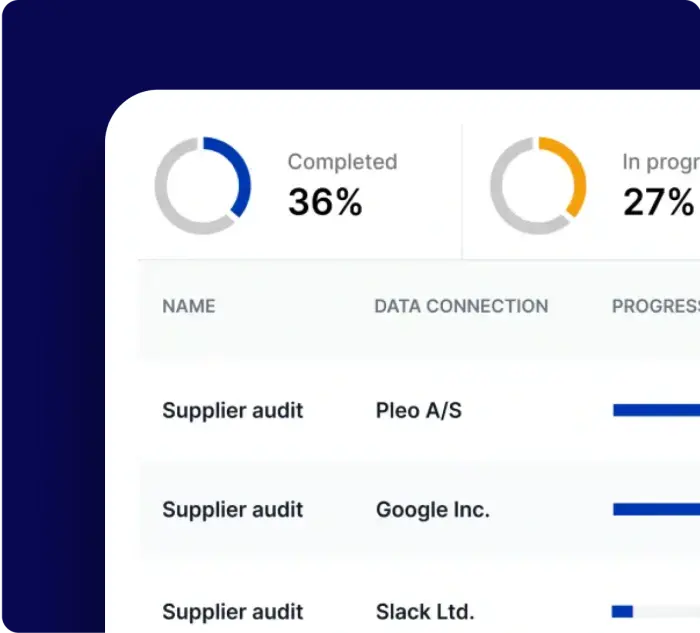
Automated Supplier Audits
Optimize your supplier audit workflows and simplify the processes. The platform is highly configurable, allowing you to continuously improve and update your automations.
All Questions Answered
What is the Register of Information (ROI)?
The Register of Information is a key requirement under DORA, designed to document critical ICT third-party service providers and supply chains. The European Supervisory Authorities (ESAs) have emphasized that a manual, spreadsheet-based approach is not recommended. Instead, tools like Formalize simplify the process, ensuring compliance with accuracy and efficiency.
What is the DORA Dry Run?
The DORA Dry Run was a large-scale exercise conducted by the European Supervisory Authorities (ESAs) to test the readiness of financial entities in submitting their Registry of Information (RoI) under the new DORA regulations.
Key findings from the dry run include:
- 86% of errors were caused by missing mandatory information, such as unique identifiers and supply chain data.
- Only 6.5% of registers passed all data quality checks.
- The ESAs highlighted that manual approaches, like spreadsheets, often lead to incomplete and non-compliant submissions, recommending automated tools for compliance.
With Formalize, you can avoid these pitfalls by leveraging automated processes that ensure complete, accurate, and compliant submissions from the start.
How do I create the Register of Information?
Creating the Register of Information manually, such as through spreadsheets, is not recommended by the European Supervisory Authorities (ESAs) due to the complexity and risk of errors. Formalize offers a structured, automated solution that simplifies the process
How does Formalize ensure seamless compliance?
Formalize automates the reporting process, validating data at the time of entry to address common challenges such as missing mandatory fields and unique identifiers. By leveraging advanced validation and error detection tools, Formalize ensures your submissions meet regulatory standards without the pitfalls of manual processes.
Can Formalize adapt to changes in DORA regulations?
Yes. Formalize’s scalable platform is designed to adapt to evolving regulations, ensuring your compliance process remains future-proof. This flexibility is critical in meeting the iterative requirements set by the ESAs.








